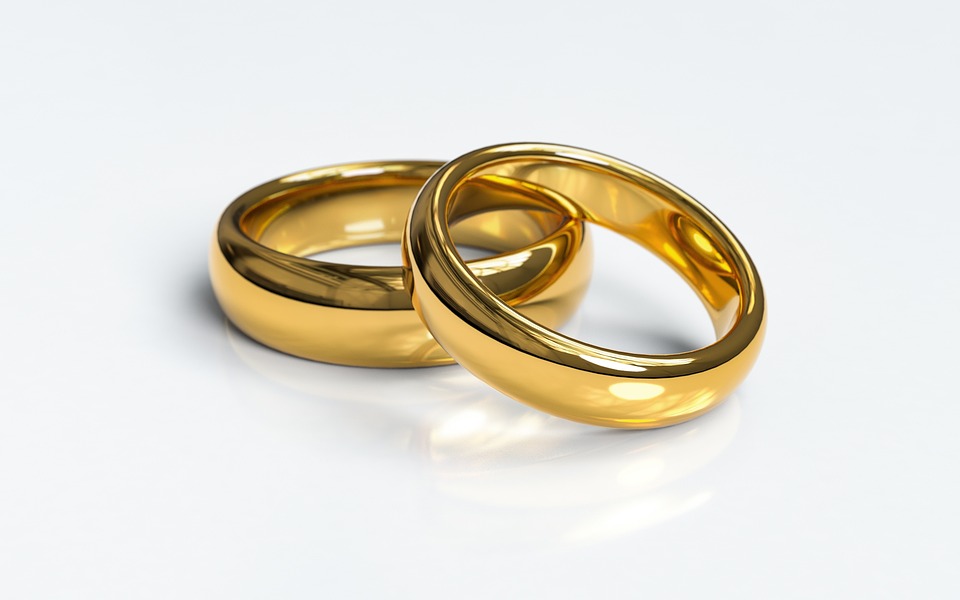Real or Fake: How to Spot Genuine Moissanite Diamonds
Moissanite diamonds have been gaining popularity in recent years as an affordable alternative to traditional diamonds. With their brilliance and durability, they offer the look and feel of real diamonds without the hefty price tag. However, as with any valuable gemstone, there are fake versions out there that can deceive even the most experienced eye. In this article, we will guide you on how to spot genuine Moissanite diamonds and differentiate them from imitations.
Identifying Genuine from Imitation
Moissanite diamonds, like natural diamonds, are made of carbon atoms arranged in a crystal lattice structure. However, unlike cubic zirconia or other diamond simulants, Moissanite has unique optical properties that set it apart. To identify genuine Moissanite, look for the following characteristics:
1. Brilliance and Fire:
Genuine Moissanite diamonds exhibit exceptional brilliance and fire, which refers to the way the gemstone reflects and refracts light. They have a higher refractive index than diamonds, meaning they disperse light more effectively, resulting in a fiery and colorful display. Compared to cubic zirconia, Moissanite has a higher brilliance and a more rainbow-like dispersion.
2. Double Refraction:
One of the distinct properties of Moissanite is its double refraction. When you observe a Moissanite under magnification, you may notice a doubling effect on the edges of the gemstone. This is due to light being split into two rays as it enters the stone and then recombining as it exits. This phenomenon is not present in natural diamonds or other diamond simulants.
3. Color:
Moissanite diamonds are generally near-colorless, with a slight yellow or green tint. However, some Moissanite stones are colorless, resembling the highest quality diamonds. Keep in mind that the color of Moissanite can vary depending on the lighting conditions, so it’s best to view the stone in different settings to assess its true color.
4. Hardness:
On the Mohs scale of mineral hardness, Moissanite ranks at 9.25, making it one of the hardest gemstones. It is second only to diamonds in terms of hardness. This means that Moissanite is resistant to scratches and abrasions, making it a durable choice for everyday wear. If you notice any scratches or signs of wear on a supposed Moissanite stone, it is likely an imitation.
5. Price:
While not a definitive characteristic, the price can often be an indicator of authenticity. Genuine Moissanite diamonds are more affordable than natural diamonds but still command a higher price than most diamond simulants. If a Moissanite stone is being sold at an unrealistically low price, it’s worth questioning its authenticity.
Conclusion
When it comes to identifying genuine Moissanite diamonds, paying attention to the brilliance, fire, double refraction, color, hardness, and price can help you spot the difference between the real deal and an imitation. While Moissanite shares some similarities with diamonds, its unique optical properties and affordability make it an attractive alternative. By educating yourself on these key characteristics, you can confidently determine whether a Moissanite stone is genuine or fake.

